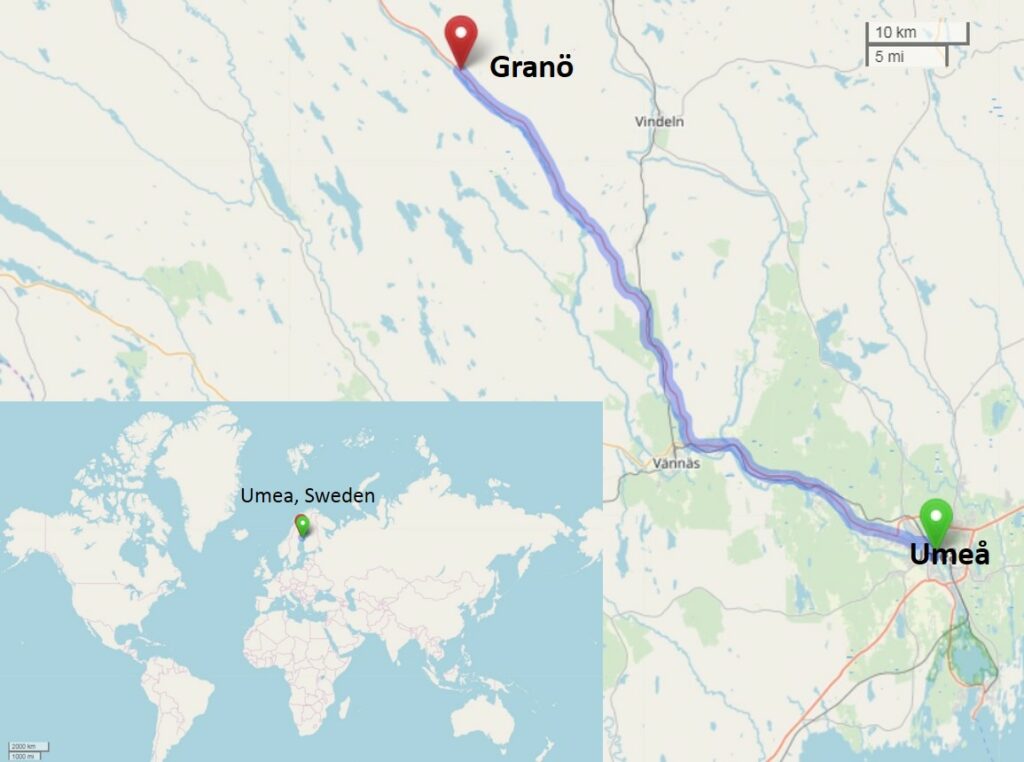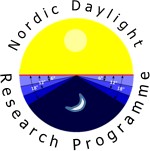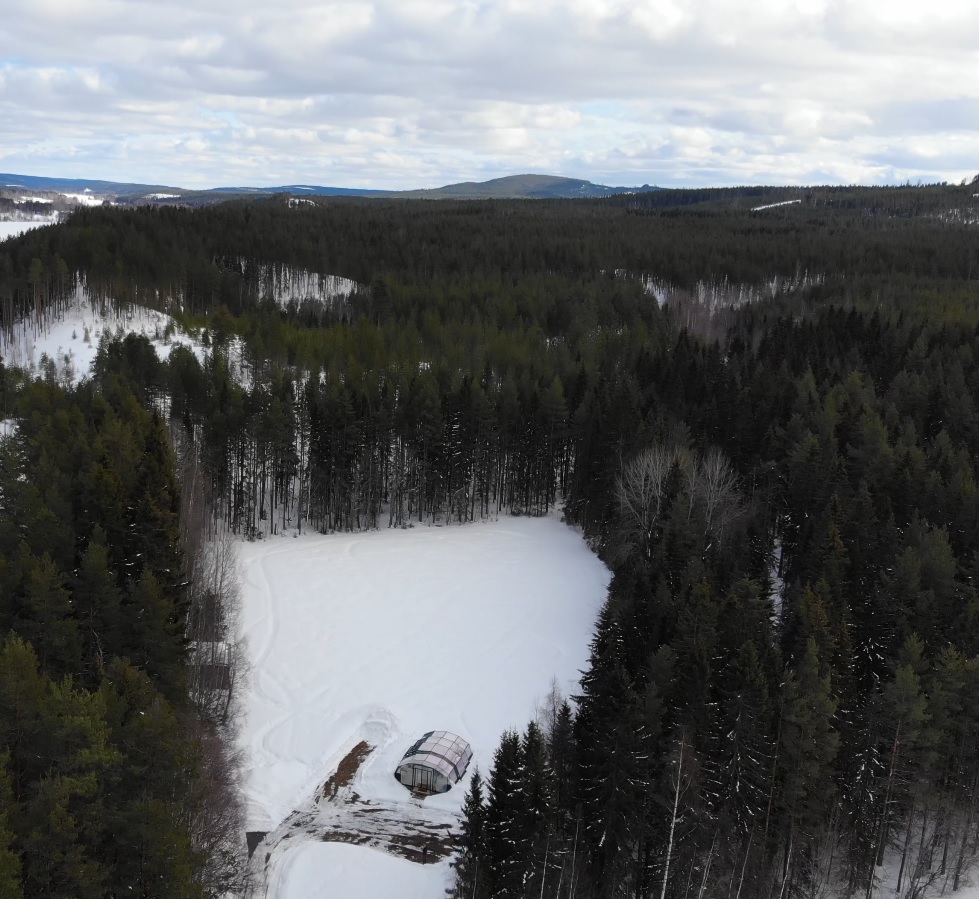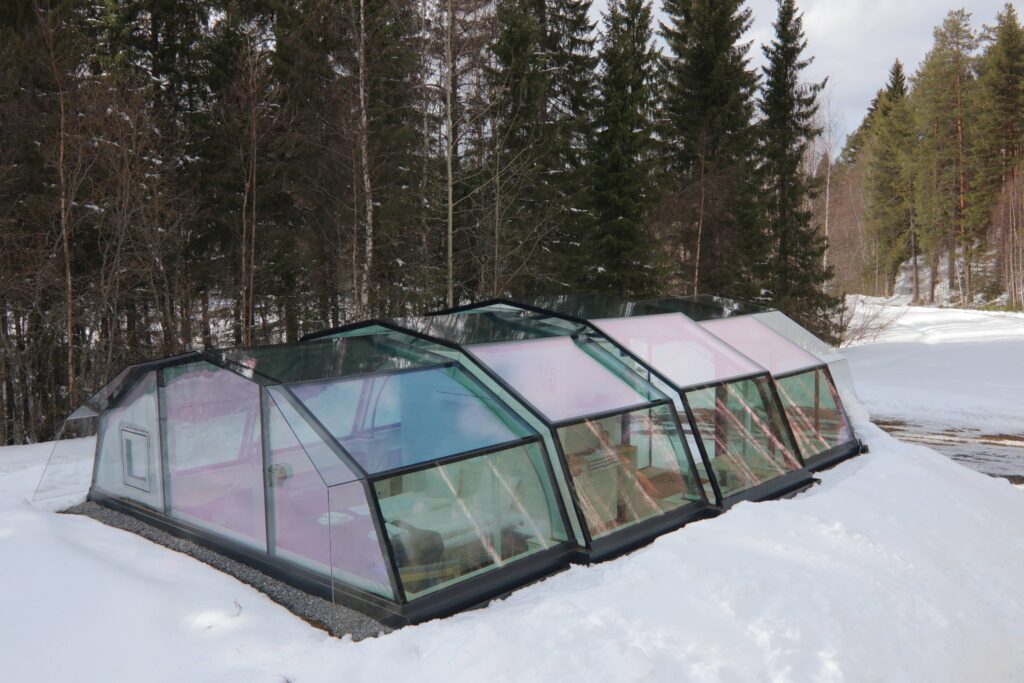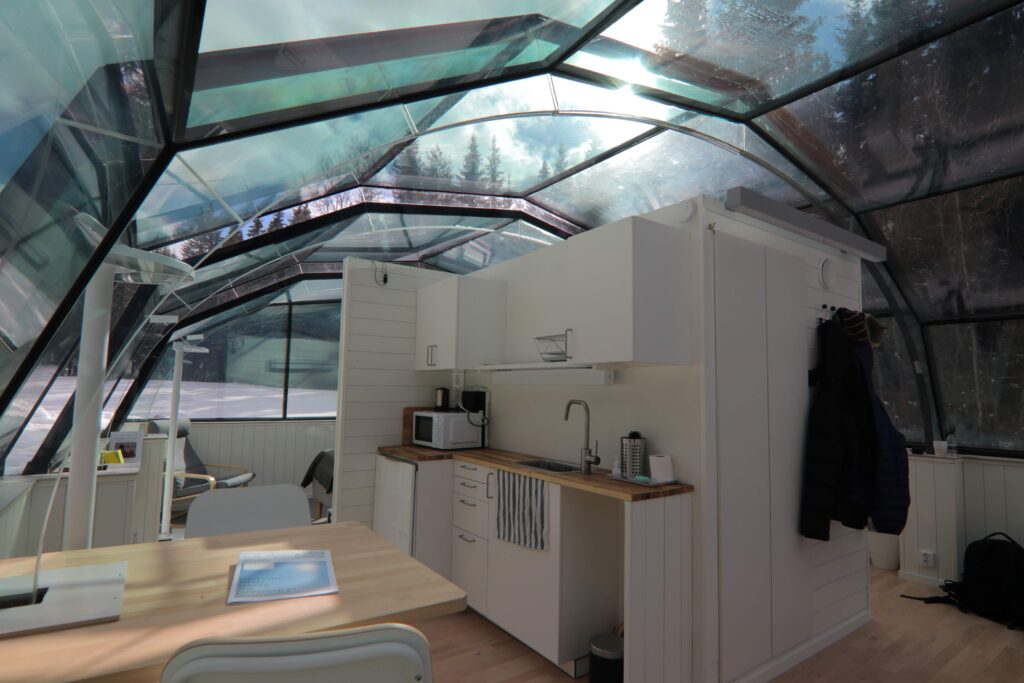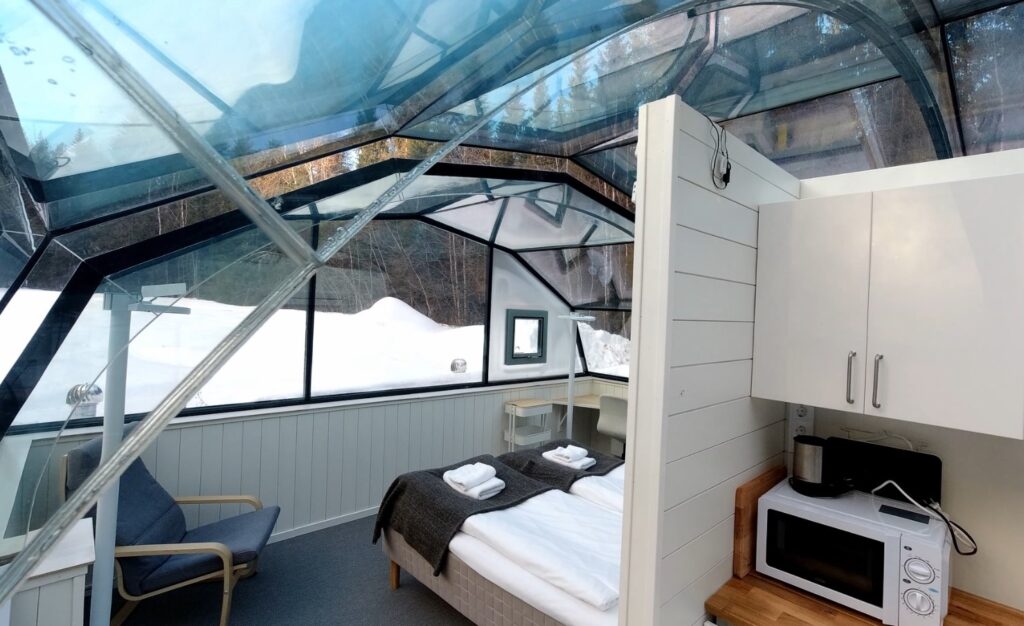Daylight is highly dynamic and there is no doubt that we have developed circuits to adjusted to the natural radiation available. The Katlab has initiated the Nordic Daylight Research Programme at Umeå University, bringing together experimental neuroscientists, health carers, engineers, architects and local people – all focused on understanding the transformation of daylight into neural pulses and endocrine signals in humans, giving rise to thinking about implications for how we want to plan our urban living environment.
Based at high latitude, we make use of the extreme fluctuations and contrary colour dynamics in daylight by studying individuals during long twilight, weeks without darkness and periods with a fast rate of change in day length.
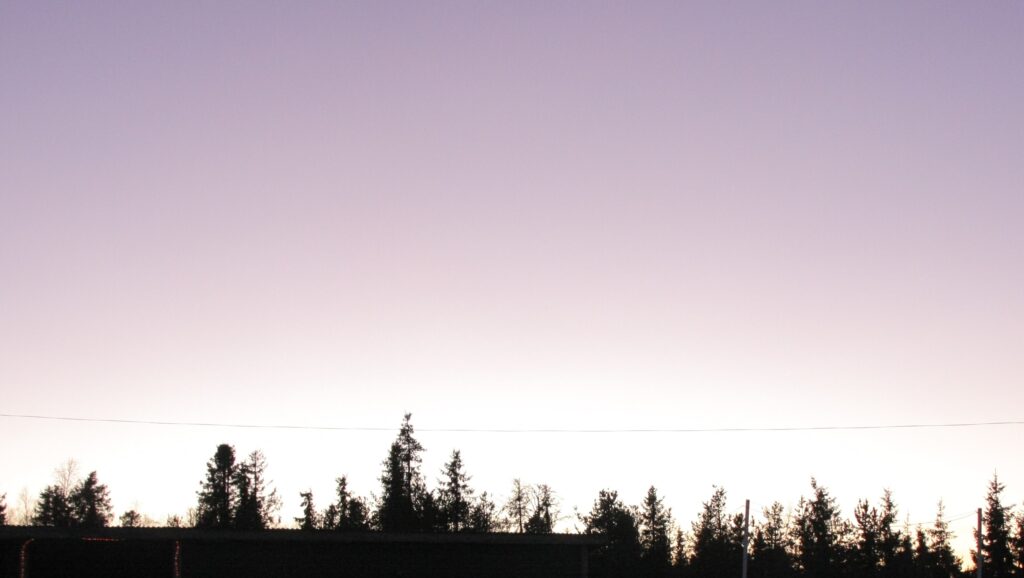
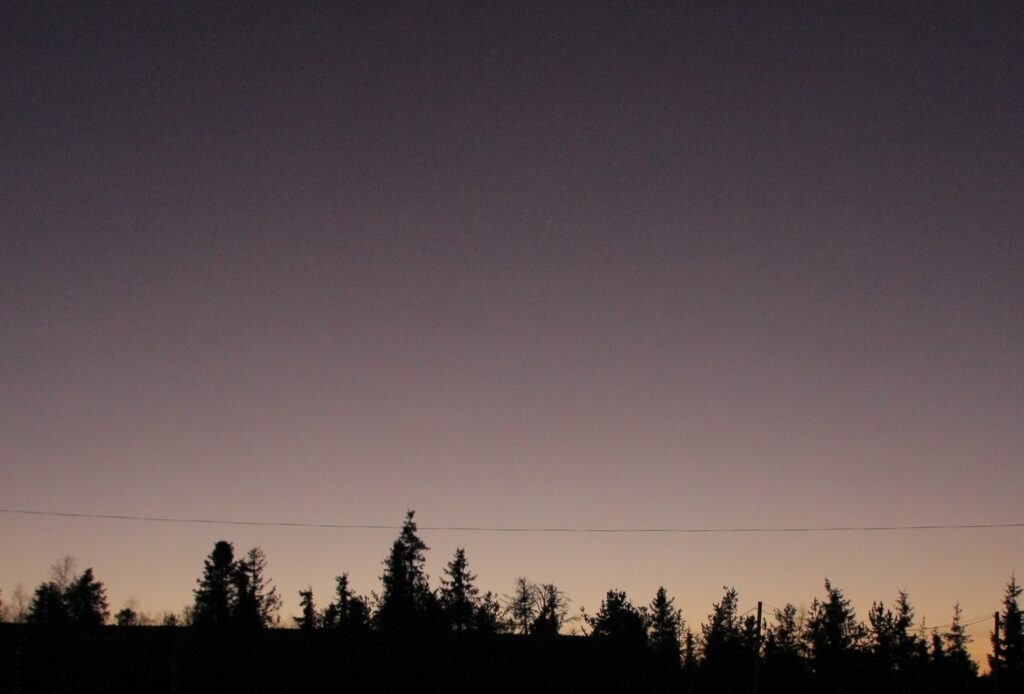
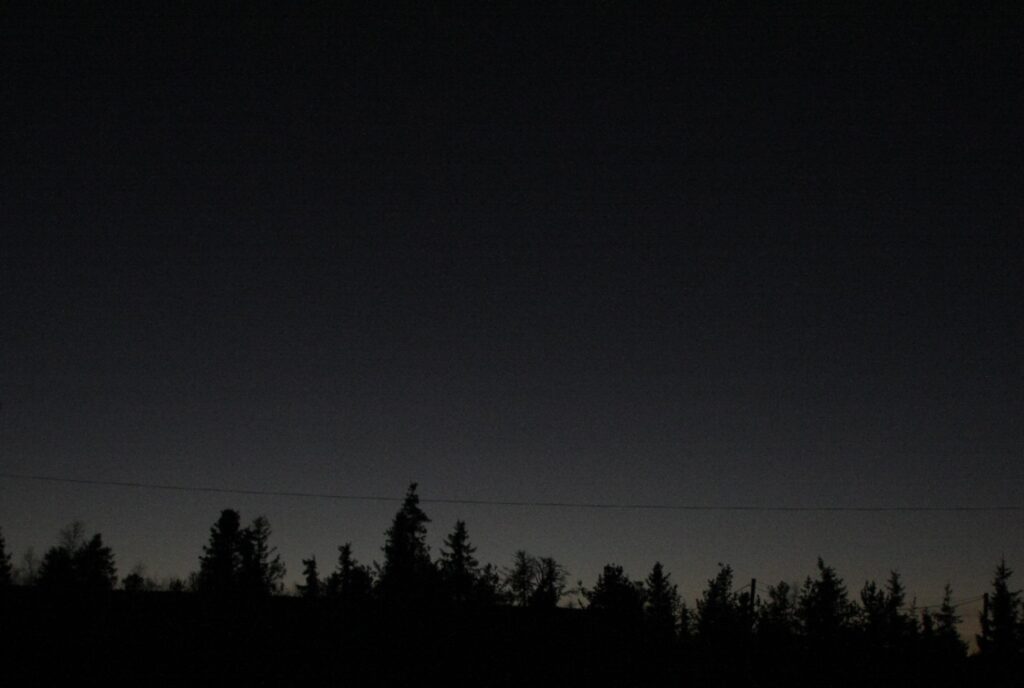
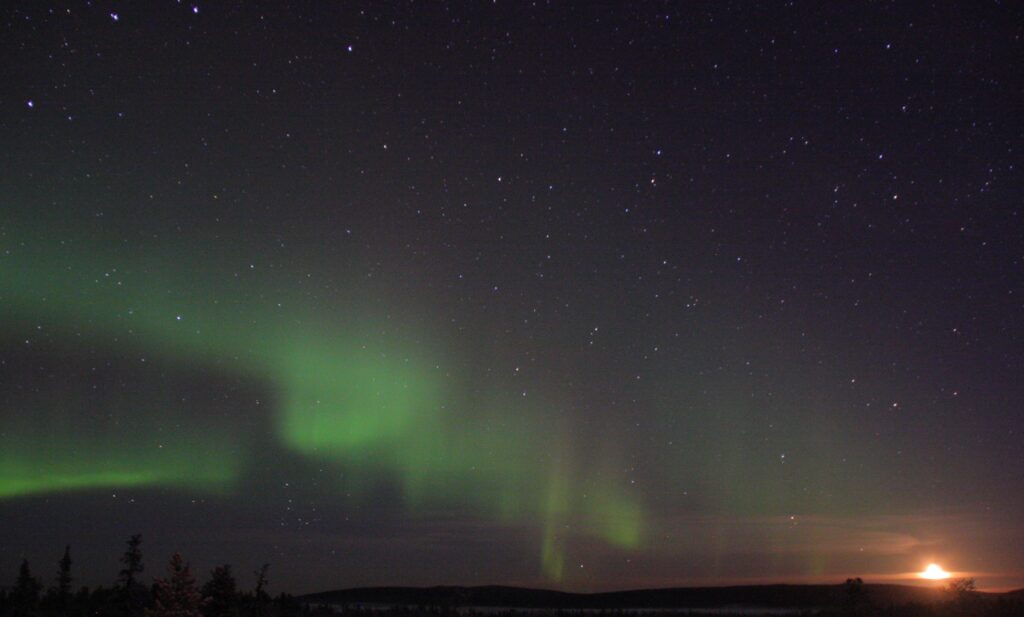
Physiological responses to light are powerfully modulated by ocular sensitivity and gated by feedback in a time-depended manner. Understanding behavioural outputs thus requires answers to how messengers along the light-transmission pathways operate during various stages. We address this by studying circuits at multiple levels over time and integrating different types of responses. We use technologies with sufficient analytical resolution to reveal actions of sensory input and those of relevant endocrine regulatory messengers. We monitor environmental signals and observe human behaviour while applying various tasks. Our research themes include investigations in different age groups and across different behavioural phenotypes.
The Katlab group seeks to integrate different disciplines and is placed across the medical and technical faculties of Umeå University, embedded in the stimulating departments of Radiation Sciences and Molecular Biology and the Wallenberg Centre for Molecular Medicine. The Katlab keeps a field laboratory (or testbed), the Nordic Daylight Research Facility, which was established with generous support from a number of organisations. The heart of the research facility is the ‘Photon Space’.
The ‘Photon Space’ is a unique all-glass architecture dedicated to investigate human responses to daylight. It is the only experimental research facility in the world that allows this kind of daylight research in humans at high latitude and all year round due to its comfortable indoor climate. The studies require to limit light pollution and thus the Photon Space is surrounded by pure nature, yet it has all the infrastructure, including internet access, maintenance and services necessary to run such facility throughout strong seasonal climate changes.
Location
Umeå University is located in Northern Sweden, nearly 640 km north of Stockholm, at lat-long coordinates 63.82842, 20.25972. The Photon Space is located in Granö, 75 km Northwest from Umeå on the E12, at lat-long coordinates 64.24728, 19.33743. The field site is the meadow – named Triangulum after the galaxy’s star configuration due to the meadow’s similar shape – that belongs to Granö Beckasin. Granö Beckasin is an ecological destination for nature tourism of high quality all year round, offering many educational and outdoor activities always in tune with the seasons.
